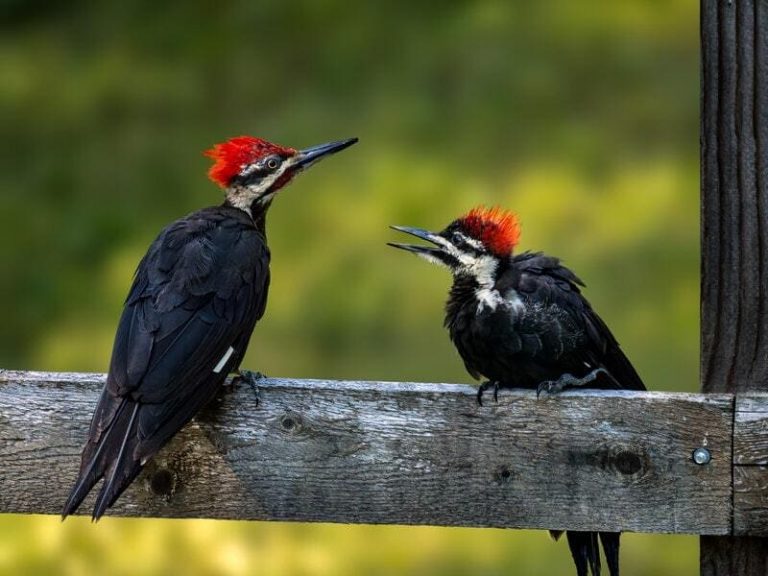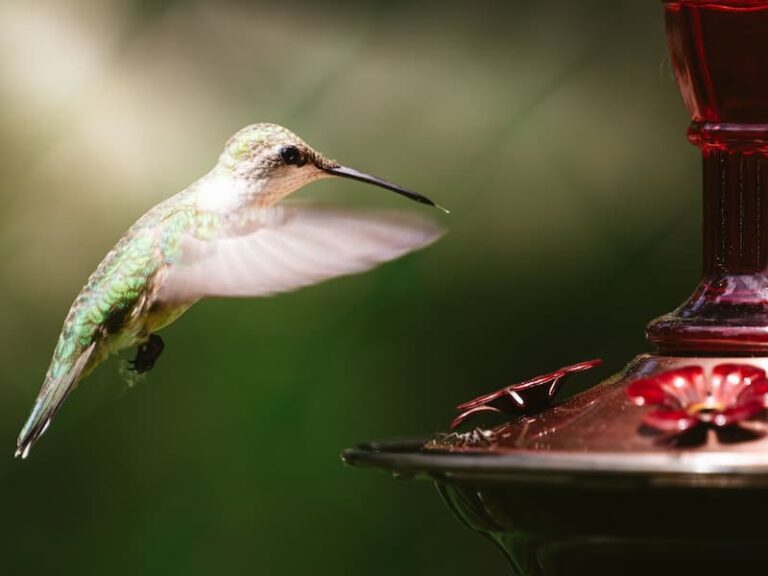How Much Weight Can a Hawk Carry?
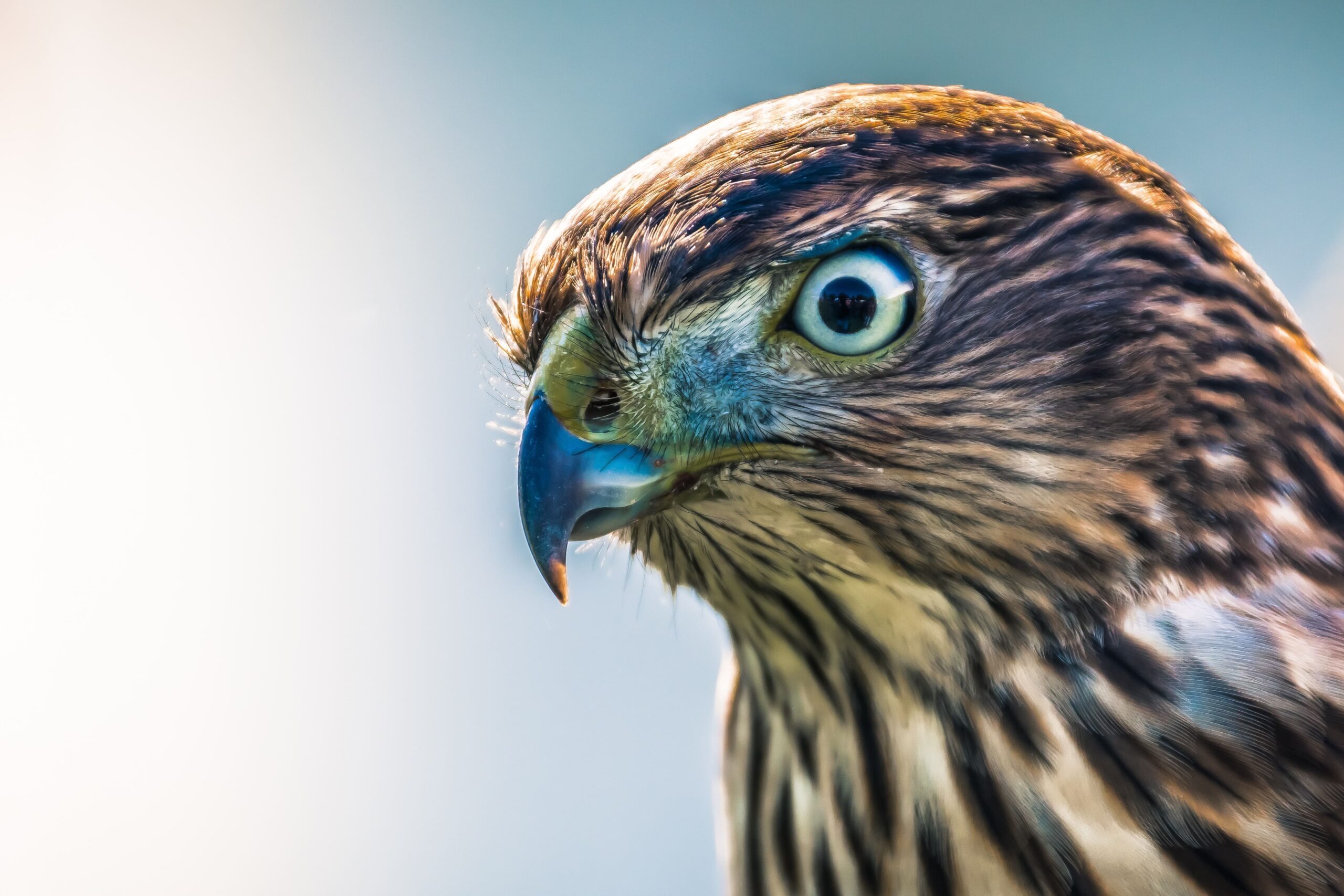
How much weight can a hawk carry? This is a question that has been asked by many people, especially those who own small pets.
Hawks are known to be skilled hunters, and their ability to swoop in and capture their prey is quite impressive.
However, this ability has also raised concerns about the safety of small pets, leading many people to wonder how much weight a hawk can carry and whether their pets are safe.
In this article, we will explore the topic of how much weight a hawk can carry, what hawks like to pick up the most, and how big of animals or pets they can carry.
We will also provide some tips on how to protect your pets from hawks.
Contents
How Much Weight Can a Hawk Pick Up?
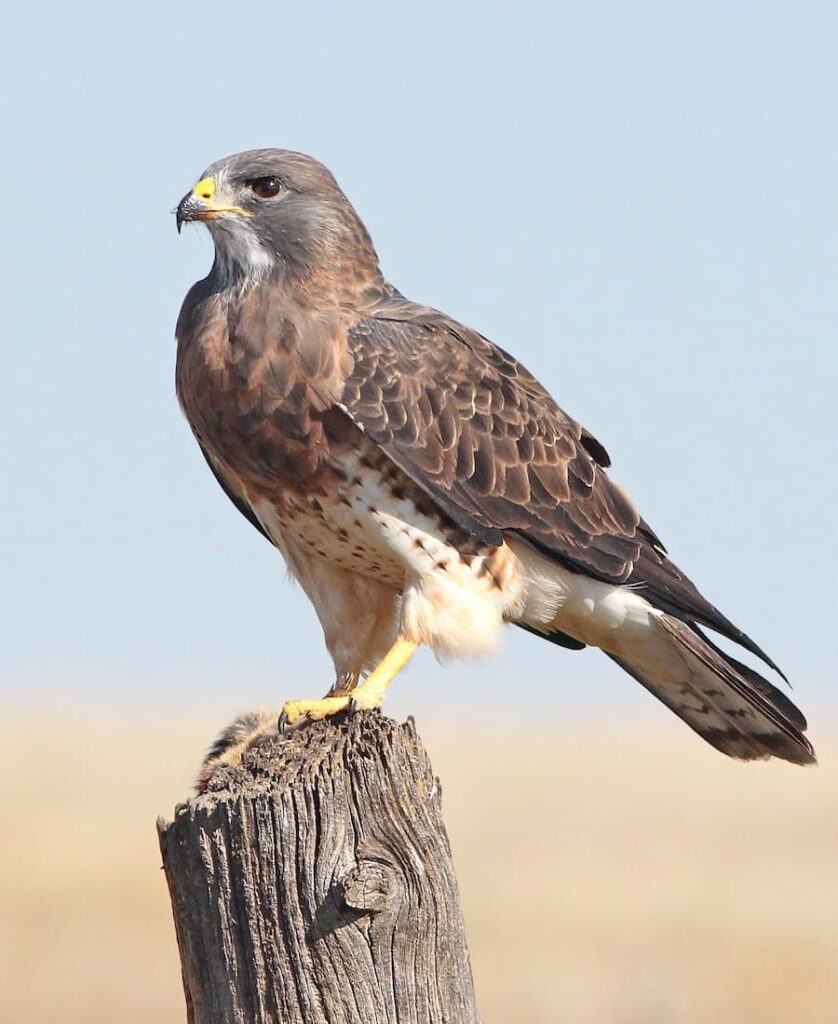
Hawks are among the most skilled predators in the bird world.
They have exceptional eyesight, and their ability to fly quietly and quickly makes them excellent hunters.
However, the weight they can carry depends on their size and species. The table below shows the minimum size and weight of some common hawk species.
| Hawk Species | Minimum Size | Minimum Weight |
|---|---|---|
| Short-tailed Hawk | 24 inches | 1.1 pounds |
| Ferruginous Hawk | 22 inches | 4.5 pounds |
| Common Black Hawk | 21 inches | 1.8 pounds |
| Rough-legged Hawk | 20 inches | 2.1 pounds |
| Black Sparrowhawk | 20 inches | 2.2 pounds |
| Red-shouldered Hawk | 19 inches | 1.3 pounds |
| Harris Hawk | 18 inches | 1.5 pounds |
| Red-tailed Hawk | 18 inches | 3 pounds |
| Zone-tailed Hawk | 18 inches | 2 pounds |
| Northern Goshawk | 18 inches | 3 pounds |
| Northern Harrier | 17 inches | Below 1 pound |
| Swainson’s Hawk | 17 inches | 1.5 pounds |
| Broad-winged Hawk | 17 inches | 1 pound |
| Cooper’s Hawk | 15 inches | 1.2 pounds |
| Grey Goshawk | 15 inches | 1.5 pounds |
| Sharp-shinned Hawk | 9 – 12 inches | Below 1 pound |
As you can see, the weight a hawk can carry varies depending on the species.
Some hawks, such as the Ferruginous hawk, can carry up to 4.5 pounds, while others, such as the Sharp-shinned hawk, can only carry objects that weigh less than 1 pound.
What Do Hawks Like to Pick Up the Most?
Hawks are part of the Accipitridae family, which includes many predatory birds known as raptors.
They usually like to pick up what they are planning to eat for the day.
The menu choices for hawks are quite varied and consist of a variety of small animals.
Some hawks, such as the Red-tailed hawk, prey on animals they can easily grab with their talons, which include smaller birds, rodents, lizards, insects, rabbits, fish, amphibians, and even snakes.
In some cases, they may even pick up chickens. Occasionally, they will also pick up vegetation such as plants and nuts for extra nutrition.
How Big of Animals or Pets Can Hawks Carry?
Although hawks are not usually interested in targeting pets, it is still important to note that the largest species of red-tailed hawk has the potential to pick up anything that weighs up to 3-4 pounds, which could include small dogs and cats.
However, it is rare for them to attempt such a feat and they usually prefer to hunt smaller prey such as rodents and birds. It is important for pet owners to supervise their animals when outside and take precautions to ensure their safety.
Tips to Protect Your Pets From Hawks
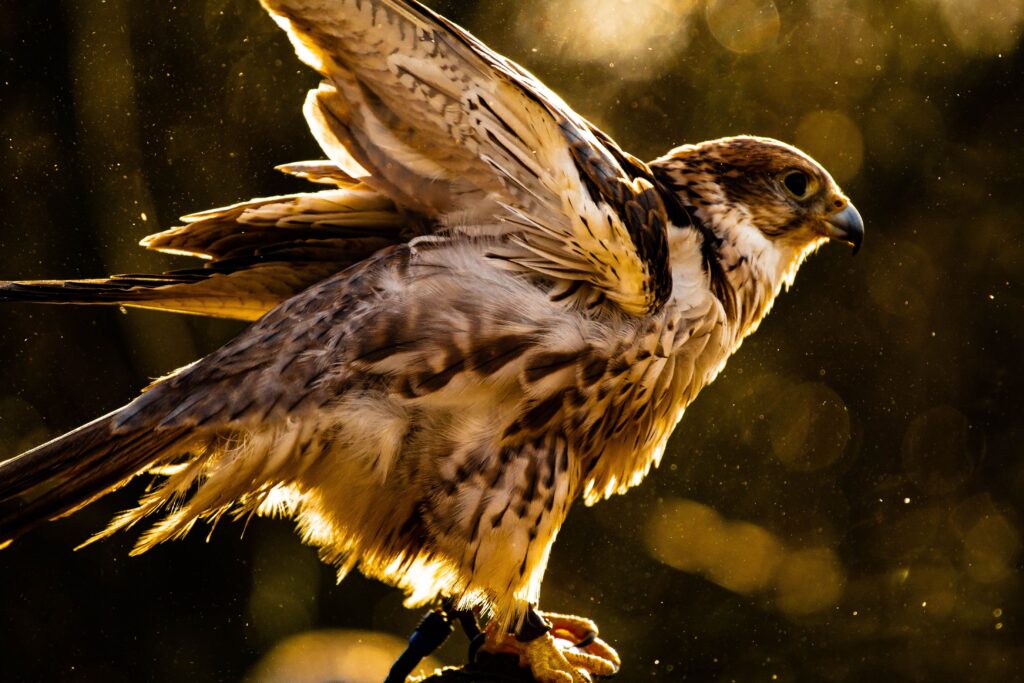
Although it’s unlikely that a hawk will target your pet, it’s always best to take precautions. Here are a few tips to protect your pets from hawks.
1. Stay close to your pet
When you’re outside with your pet, stay near them. This way, if a hawk does swoop down, you can act fast and intervene.
2. Don’t let your pet stay outside alone
Leaving your pet outside alone can put them in danger not only from hawks but also from other predators.
It’s best to keep them indoors or stay outside with them.
3. Create a roofed shelter for your pet
If you have a backyard or patio area, consider building a roofed shelter for your pet to hang out in.
This will give them a safe space to relax and play while also providing protection from any overhead predators.
4. Don’t keep any bird feeders around
Bird feeders attract birds, which, in turn, attract hawks. By removing bird feeders from your yard, you can reduce the likelihood of a hawk being in the area.
Frequently Asked Questions

Can a hawk pick up a 12 lb dog?
No, hawks are not capable of carrying anything that weighs more than they do, and the largest hawk in the world, the Ferruginous hawk, only weighs around 4.5 pounds.
Can a hawk pick up a 20-pound dog?
No, hawks are not capable of carrying anything that weighs more than they do, and the largest hawk in the world, the Ferruginous hawk, only weighs around 4.5 pounds.
What is the heaviest weight a hawk can carry?
Hawks are not capable of carrying anything that weighs more than they do, and the largest hawk in the world, the Ferruginous hawk, only weighs around 4.5 pounds.
Can a hawk pick up a 15-pound dog?
No, hawks are not capable of carrying anything that weighs more than they do, and the largest hawk in the world, the Ferruginous hawk, only weighs around 4.5 pounds.
Can a hawk take a 10-pound cat?
No, hawks are not capable of carrying anything that weighs more than they do, and the largest hawk in the world, the Ferruginous hawk, only weighs around 4.5 pounds.
Why are hawks flying around your house?
Hawks are a common sight in many suburban and rural areas in the United States, and it’s not uncommon for homeowners to see them flying around their houses.
There are several reasons why hawks might be attracted to residential areas:
1 – Prey availability: Hawks are opportunistic predators, and they will go where the food is. Residential areas often have abundant prey species, such as rodents, small birds, and even pets.
2 – Nesting sites: Hawks need suitable nesting sites to breed successfully, and they will often choose tall trees in residential areas as nesting sites.
3 – Perching spots: Hawks need elevated perching spots to scan their surroundings for prey. Houses with tall roofs and trees provide excellent perching spots for hawks.
If you’re concerned about hawks flying around your house, it’s important to take steps to protect your pets and other small animals.
See the next topic for tips on how to do this.
Can a hawk lift a full-grown chicken?
Yes, hawks are capable of lifting full-grown chickens, but it depends on the size and species of the hawk, as well as the size of the chicken.
Some of the larger hawk species, such as the red-tailed hawk and the ferruginous hawk, are capable of lifting and carrying away prey that weighs up to 5 pounds, which could include a full-grown chicken.
However, hawks usually prefer smaller prey items that they can easily grab and carry away, such as mice, rats, and small birds.
They are also more likely to target chickens that are smaller or weaker, such as chicks or bantams.
If you have chickens and are concerned about hawks attacking them, there are several things you can do to protect them:
1 – Keep them in a secure coop or run: This will prevent hawks and other predators from getting to them.
2 – Cover the run with netting: This will provide additional protection against aerial predators.
3 – Use scare tactics: Hang shiny objects or balloons around the coop or run to scare away hawks.
4 – Supervise your chickens when they’re outside: If you let your chickens free-range, be sure to keep an eye on them and bring them inside if you see hawks or other predators in the area.
By taking these precautions, you can help keep your chickens safe from hawks and other predators.
Conclusion
Hawks are fascinating creatures that serve an important role in the ecosystem by helping control populations of smaller animals.
While it’s unlikely that a hawk will target a pet, it’s always best to take precautions to protect them.
By staying close to your pet, not leaving them outside alone, creating a roofed shelter, and removing bird feeders from your yard, you can reduce the likelihood of a hawk being in the area and keep your pet safe.
Remember, hawks are part of nature, and it’s important to respect their place in the world while also taking steps to ensure the safety of your pets.
You will also enjoy reading:

